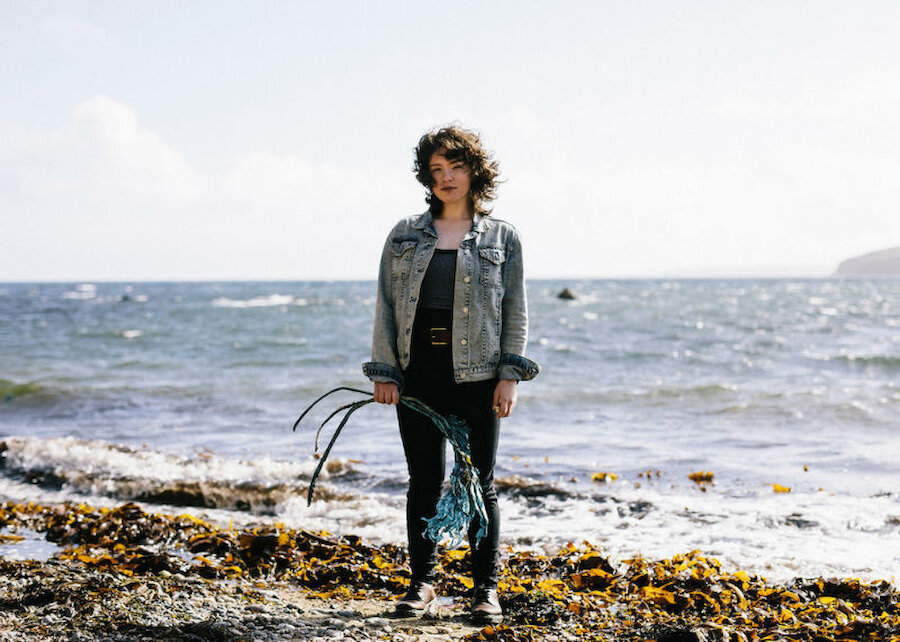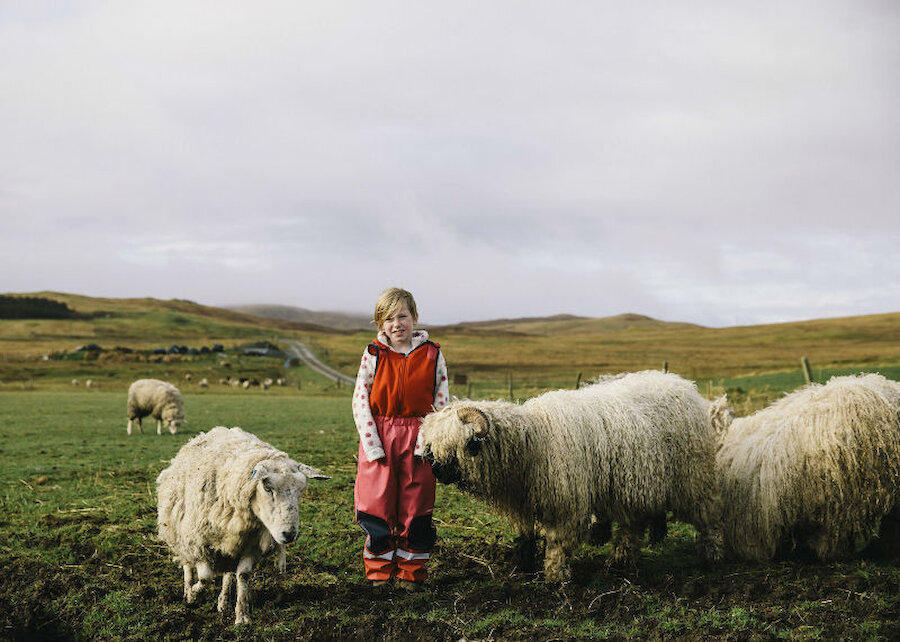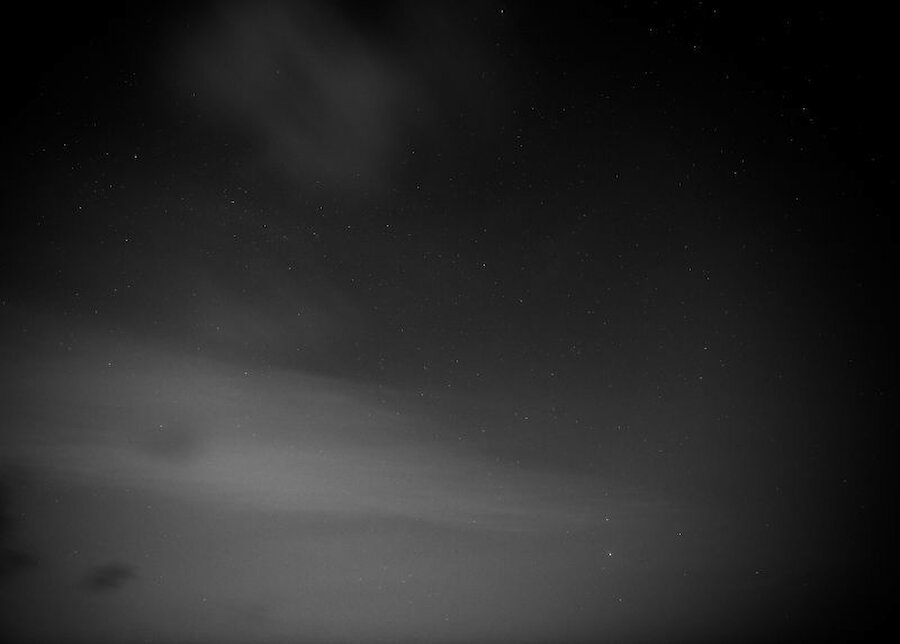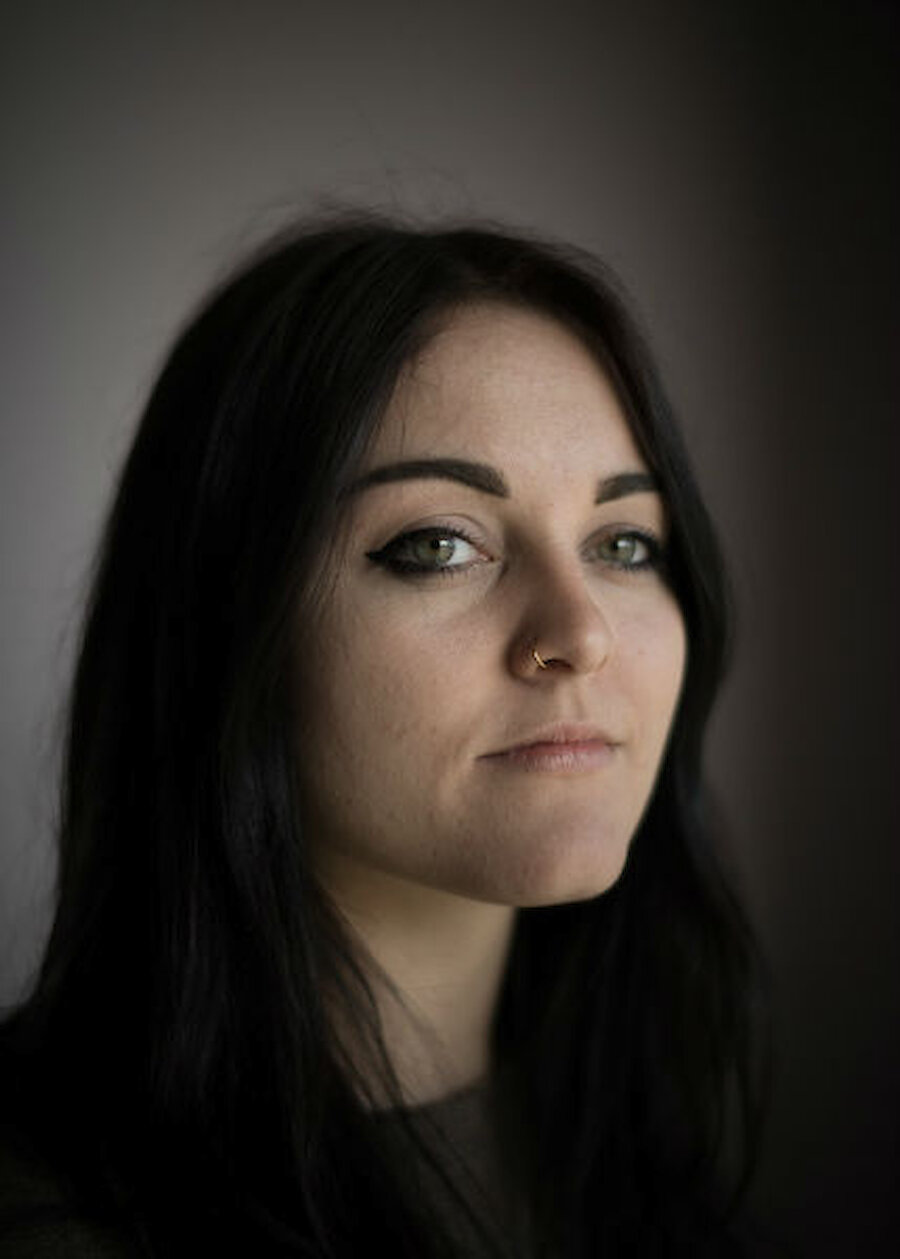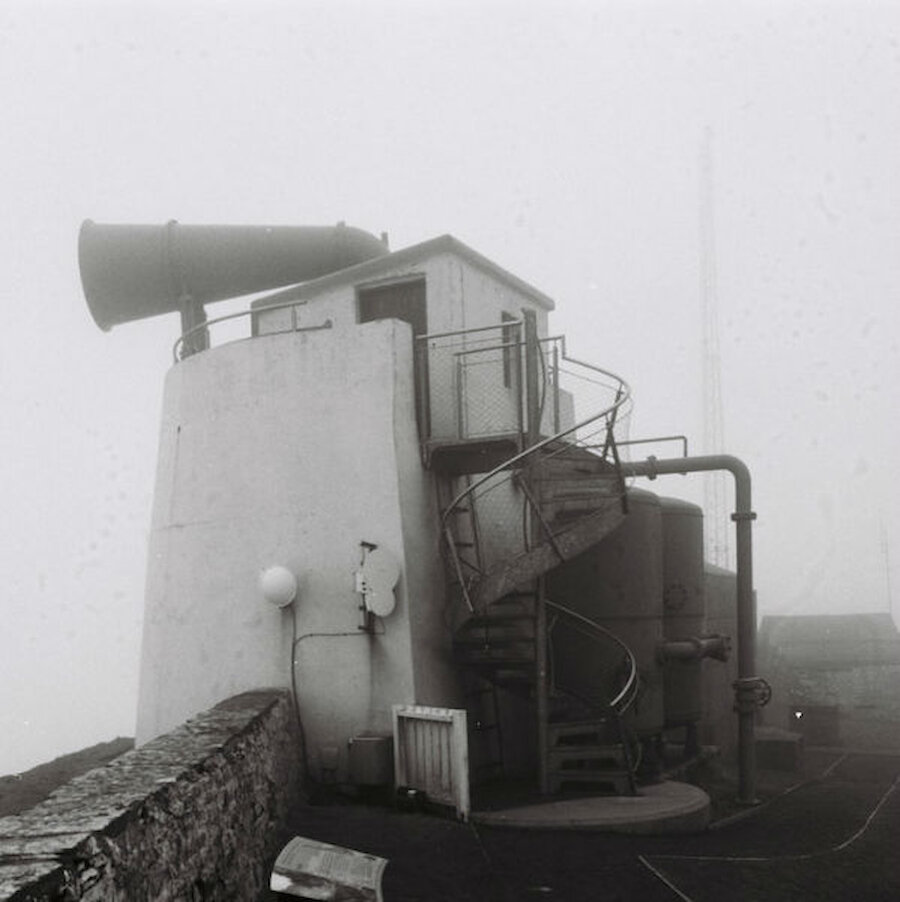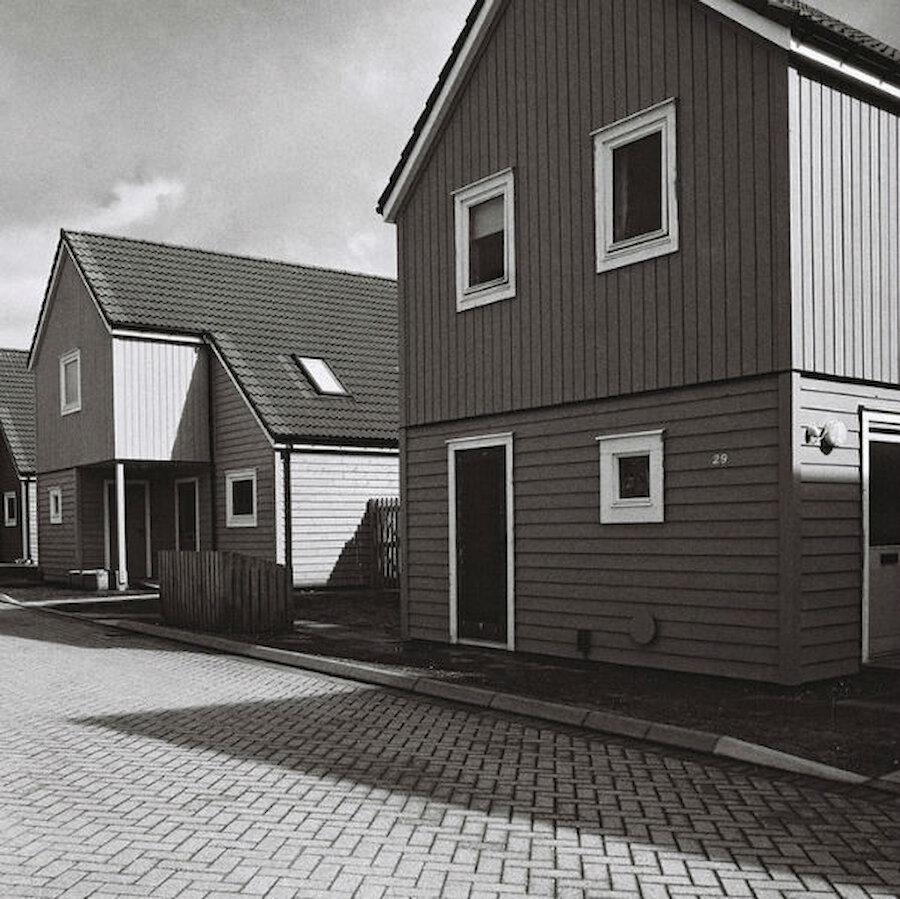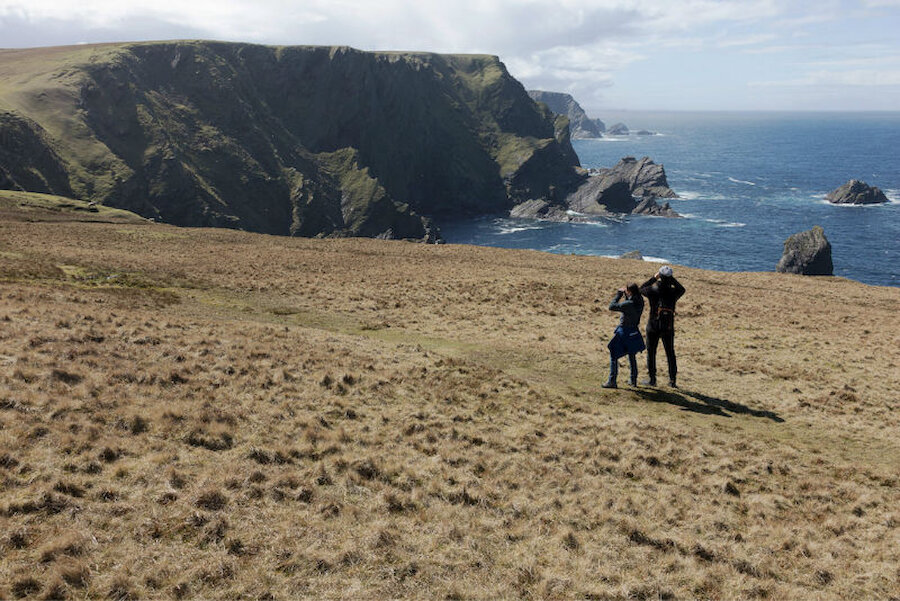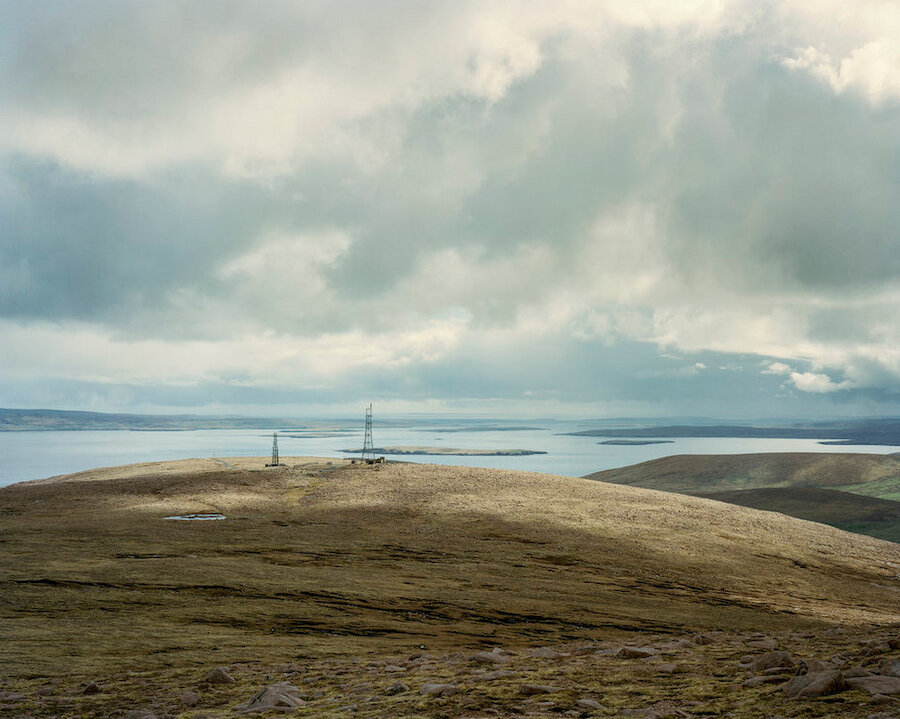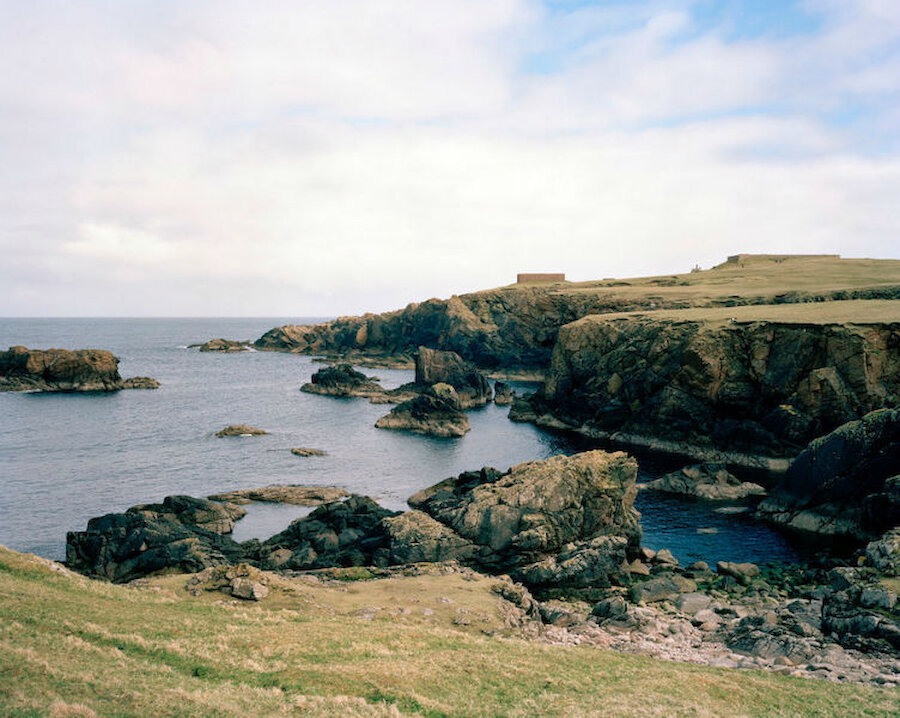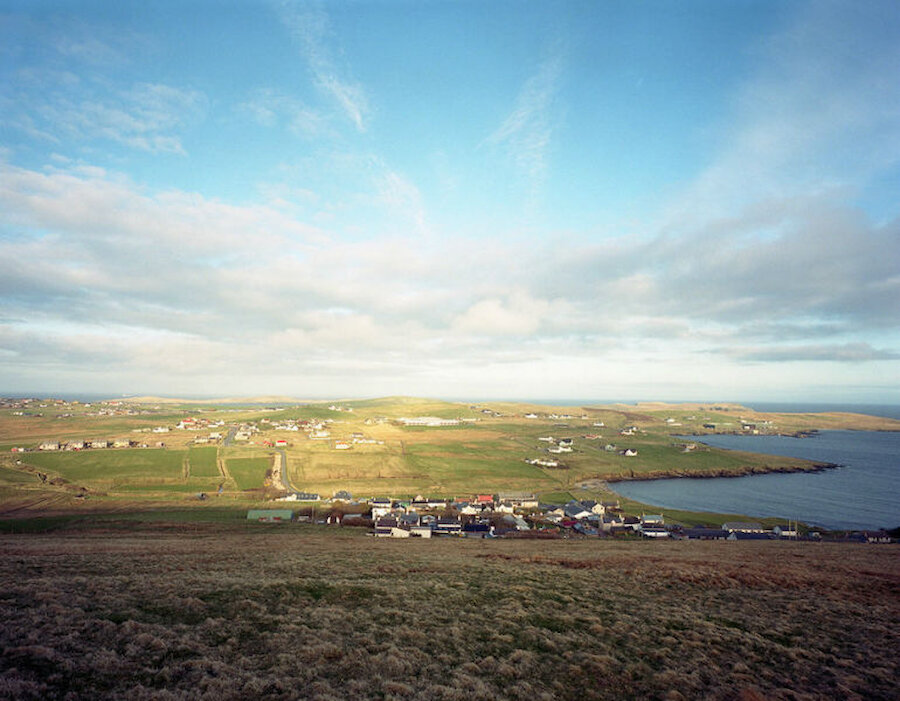A new and fascinating collection of photography touches on many aspects of Shetland and its people. Back in April 2018, six of the nine members of the MAP6 photography collective visited Shetland to record our islands. You can read more about the group’s background and their plans for the visit in this earlier blog;
As a collective, they’re interested in how people and places interact and in how they, as photographers, can creatively collaborate. Their previous expeditions – all to places that none of the group had previously visited – have taken them to Moscow, Lithuania and Milton Keynes. Their photographs have been seen at London’s Royal Academy and National Portrait Gallery.

